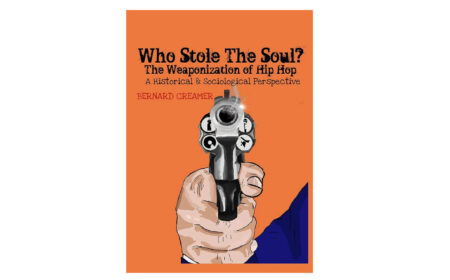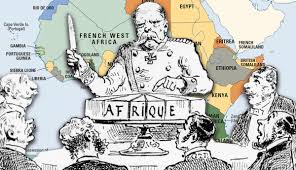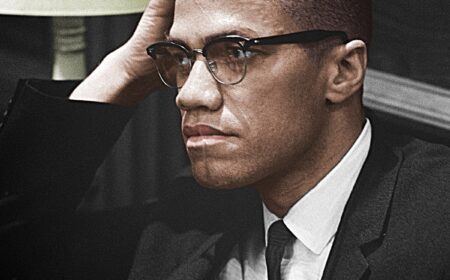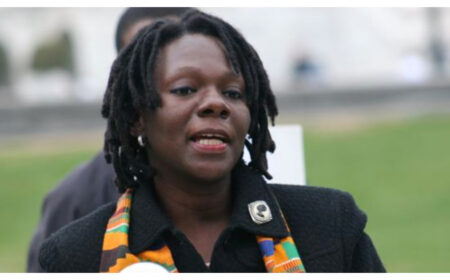WE MUST NEVER FORGET!!! GEORGE STINNEY JR. 1929 – June 16, 1944
George was an African-American youth convicted of the first-degree murder and, at age 14, the youngest person executed in the United States in the 20th century. George was executed for the first-degree murder of two pre-teen white girls: 11-year-old Betty June Binnicker, and 8-year-old Mary Emma Thames; HOWEVER NO PHYSICAL EVIDENCE EXISTED IN THE CASE, AND THE SOLE EVIDENCE AGAINST STINNEY JR. THE CIRCUMSTANTIAL FACT THAT THE GIRLS HAD SPOKEN WITH STINNEY AND HIS SISTER SHORTLY BEFORE THEIR MURDER, and the testimony of three white police officers, who testified at a trial which lasted barely two hours, that Stinney had confessed to the murders.
The girls had disappeared while out riding their bicycle looking for flowers. As they passed the Stinney property, they asked young George Stinney and his sister, Katherine, if they knew where to find “maypops”, a type of flower. When the girls did not return, search parties were organized, with hundreds of volunteers, and their bodies were found the next morning in a ditch filled with muddy water. Both had suffered severe head wounds.
Stinney was arrested a few hours later and was interrogated by several white officers in a locked room with no witnesses aside from the officers; within an hour, a deputy announced that Stinney had confessed to the crime.
According to the confession, Stinney (90 lbs, 5’1″) wanted to “have sex with” 11 year old Betty June Binnicker and could not do so until her companion, Mary Emma Thames, age 8, was removed from the scene; thus he decided to kill Mary Emma. When he went to kill Mary Emma, both girls “fought back” and he thus decided to kill Betty June, as well, with a 15 inch railroad spike that was found in the same ditch a distance from the bodies.
According to the accounts of deputies, Stinney apparently had been successful in killing both at once, causing major blunt trauma to their heads, shattering the skulls of each into at least 4-5 pieces. The next day, Stinney was charged with first-degree murder.
With the murders raising racially and politically charged tension. Townsmen threatened to storm the local jail to lynch Stinney, but prior to this, he had been removed to Charleston by law enforcement.
Following Stinney’s arrest, George Sr. his father was fired from his job at the local lumber mill. Stinney’s parents and siblings were given the choice of leaving town or BE LYNCHED. The family was forced to flee, leaving George Stinney with no support during his 81-day confinement and trial.
The entire Stinney trial, including jury selection, took one day. Stinney’s court-appointed defense counsel was a tax commissioner campaigning for election to local political office. Stinney’s lawyer did not challenge the three police officers who testified Stinney confessed to the two murders, despite this being the only evidence presented by the prosecution. The police did not make written records of Stinney’s purported confession, and at trial, Stinney denied confessing to the crime.
The jury at Stinney’s trial consisted entirely of white people; due to racial segregation, no African-Americans were present in the courtroom.
Other than the testimony of the three police officers, at trial, prosecutors called three inconsequential witnesses: the man who discovered the bodies of the two girls, and the two doctors who performed the post mortem. Stinney’s counsel did not call any witnesses. Trial presentation lasted two-and-a-half hours. The jury took ten minutes to deliberate, after which they returned with a guilty verdict with no recommendation for mercy. Stinney was sentenced to death in the electric chair. When asked about appeals, Plowden replied that there would be no appeal, as the Stinney family had no money to pay for a continuation. When asked about the trial, Lorraine Binnicker Bailey, the sister of Betty June Binnicker, one of the murdered children, stated:
“Everybody knew that he done it, even before they had the trial they knew that he done it. But, I don’t think that they had too much of a trial”.
Local churches, the N.A.A.C.P., and unions pleaded with Governor Olin D. Johnston to stop the execution and commute the sentence to life imprisonment, citing Stinney’s age as a mitigating factor. There was substantial controversy about the pending execution, with one citizen writing to Johnston, stating, “Child execution is only for Hitler”. Still, there were supporters of Stinney’s execution; another letter to Johnston stated: “Sure glad to hear of your decision regarding the nigger Stinney.” Johnston did nothing, thereby allowing the execution to proceed.
The execution was carried out at the South Carolina State Penitentiary in Columbia, South Carolina on the morning of June 16, 1944, less than three months after the crime. At 7:30 a.m. Stinney walked to the execution chamber, a bible under his arm, which they later used as a booster seat in the electric chair.There were difficulties strapping the boy who at 5-1 feet and just over 90 lbs was comparably small for his age, to the electric chair. In addition, the state’s adult-sized face-mask used in executions did not fit properly. As a result, according to witnesses, it slid of his face during the execution, exposing his face to the witnesses “revealing his wide-open, tearful eyes and saliva coming from his mouth. Stinney was pronounced dead less than four minutes after the execution began. From the time of the murders until Stinney’s execution, 81 days had passed.
It was later found that a beam with which the two girls had been killed weighed over twenty pounds. It was ruled that George wasn’t able to lift the beam, let alone swing it hard enough to kill the two girls.
To read more Click or Copy link below:







